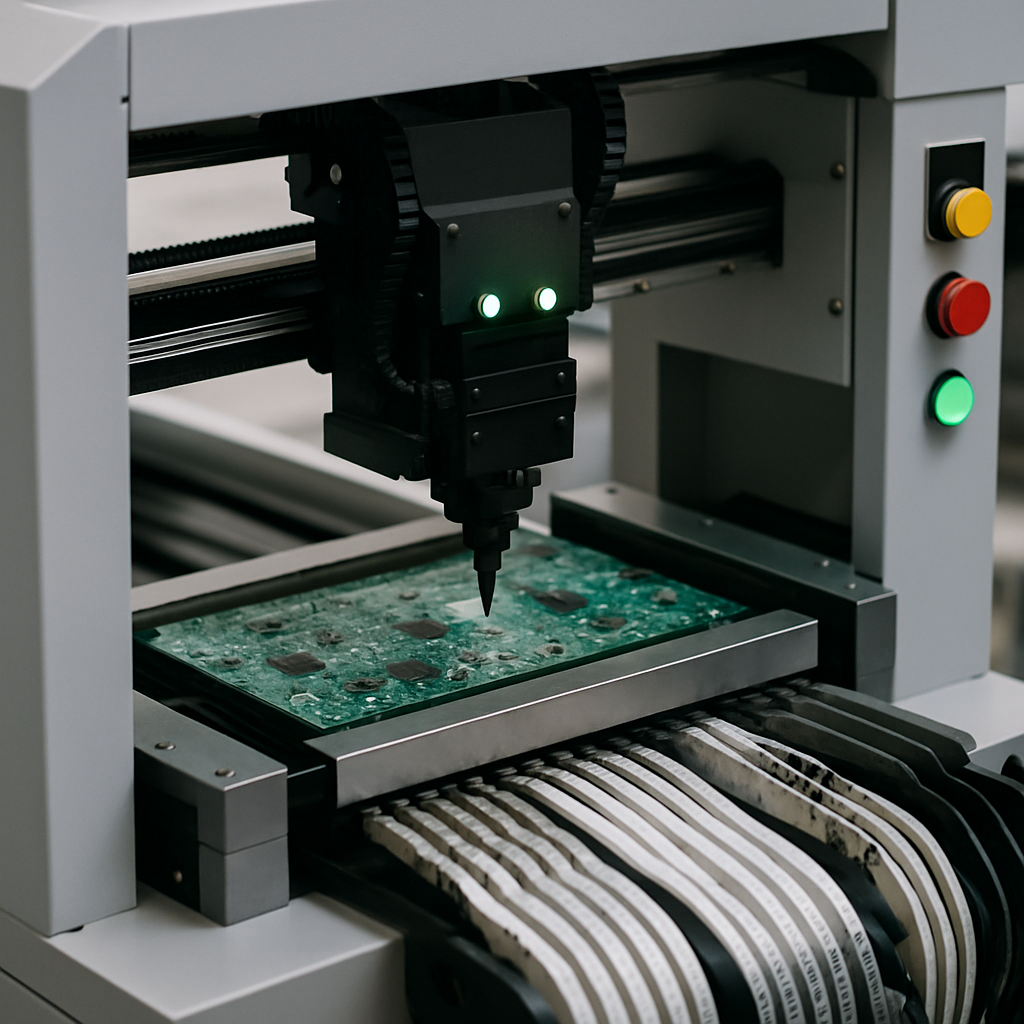-
- PCB TYPE
- PRINTED CIRCUIT BOARD PROTOTYPE ALUMINUM PRINTED CIRCUIT BOARD R&F PCB FPC HIGH FREQUENCY PCB HIGH-TG PCB HEAVY COPPER PCB HDI PCB PCB FOR LIGHTING METAL CORE PCB
time:Oct 17. 2025, 11:08:45
In today's tech-driven world, the Printed Circuit Board (PCB) plays a pivotal role in powering the electronic devices we use daily. From smartphones to computers, PCBs are the backbone of modern electronics. But how do these intricate boards come to life? This article will guide you through the PCB assembly process, breaking down each step in plain language. Whether you're a small business owner, a startup founder, or a curious tech enthusiast, understanding this process can be incredibly beneficial.
PCB assembly, often abbreviated as PCBA, is the process of soldering or assembling electronic components onto a PCB. This is not to be confused with PCB manufacturing, which involves creating the bare circuit board. PCB assembly is the stage where the board becomes functional, ready to drive electronic devices.

Before diving into the steps of PCB assembly, it's crucial to understand its importance. A well-assembled PCB ensures device efficiency, reliability, and longevity. Poor assembly can lead to device failure, which can be costly and damaging to a brand's reputation.
Let's break down the PCB assembly process into digestible steps.
The first step involves applying solder paste to the board. This paste is a mixture of tiny solder balls and flux, which helps the solder melt and flow. The solder paste is applied using a stencil that matches the board's design. This ensures that the paste is placed precisely where the components will sit.
Once the solder paste is in place, the board moves to the pick and place machine. This machine places the electronic components onto the board with incredible precision. It's fascinating to watch as these machines work at lightning speed, positioning components onto the board based on a pre-programmed design.
After the components are placed, the board goes through a reflow oven. This oven heats the board, causing the solder paste to melt and form solid solder joints. These joints securely attach the components to the board. The reflow process is critical as it ensures strong electrical connections.
Following reflow soldering, the board undergoes a thorough inspection. This step ensures that all components are correctly placed and soldered. Automated optical inspection (AOI) systems are often used, which use cameras to scan the board for defects. In some cases, X-ray inspection is used to check hidden joints, especially for complex boards.
While many components are surface-mounted, some require through-hole technology. These components have leads that pass through the board and are soldered on the opposite side. This step may be manual or automated, depending on the complexity and volume of the production.
Before a PCB is shipped out, it undergoes rigorous testing. This ensures that it functions correctly within its intended application. Functional testing simulates the operating conditions of the final product to catch any issues.

Selecting the right PCB assembly services is crucial for the success of your project. Here are some factors to consider:
Look for a service provider with a proven track record in PCB assembly. Experience often translates to better quality and reliability.
Ensure that the service provider uses the latest technology and equipment. Advanced machines can improve precision and efficiency.
Quality should be a top priority. A reliable service provider will have stringent quality control measures in place to ensure defect-free products.
While cost is an essential factor, it shouldn't compromise quality. Compare quotes from different providers and consider their turnaround time to ensure it aligns with your project timelines.
Understanding the PCB assembly process provides insight into the intricate world of electronics manufacturing. From solder paste application to final testing, each step is crucial in ensuring the functionality and reliability of electronic devices. Whether you're looking to produce a small batch or scale up production, knowing what happens during PCB assembly can help you make informed decisions and choose the right partners for your projects.
As technology continues to evolve, staying informed about processes like PCB assembly will be key in navigating the future of electronics. By grasping these fundamentals, you're better equipped to innovate and excel in the tech industry.

Got project ready to assembly? Contact us: info@apollopcb.com



We're not around but we still want to hear from you! Leave us a note:

Leave Message to APOLLOPCB
